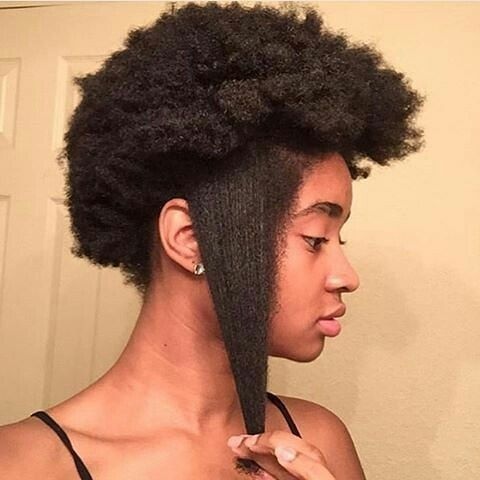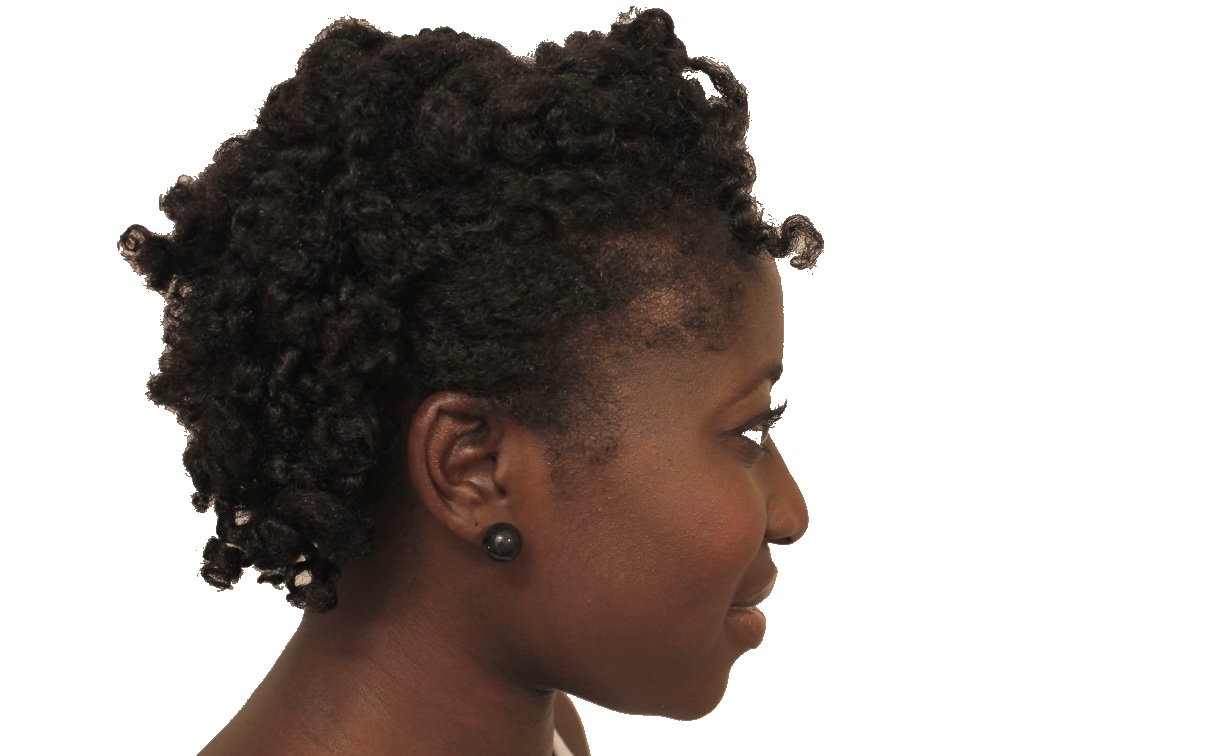


We put 23 different dry shampoos through their paces in the WH Lab. Instead, only reach for dry shampoo to spruce yourself up between washes, as nothing quite replicates the effects (and feeling) of a really good scrub and rinse – and don't forget the conditioner. It shouldn't replace regular washing, as it doesn't cleanse the hair and scalp, and overuse can lead to dehydrated or blocked follicles. The key thing to remember is that dry shampoo is for occasional use. ‘This can have a long-term impact on the quality and condition of your hair and scalp.' Is dry shampoo bad for me? Instead of soaking up any extra sebum, as it does on dry hair, it will ‘reduce any moisture you've added during the actual hair wash with water,’ Scott explains.
TYPE 4D HAIR SKIN
You should always hold the can 12 inches (30cm) away from your head, and Scott recommends spraying ‘towards the hair and scalp to prevent direct contact between the skin and the propellants, or excessive inhalation of the product.’ĭry shampoo also shouldn't be used on wet hair, despite what you may have read on social media. ‘Overuse can cause ‘hair and scalp damage, irritation, and even hair loss from blocked follicles.’ ‘Dry shampoos don’t only reduce the hydrophobic qualities of oils and sebum, they also dehydrate the follicle,’ she says. However, there are a few other things to consider when it comes to how often you reach for your favourite can of the stuff.Īs helpful as it is, dry shampoo shouldn't replace regular washing with shampoo and conditioner, as trichologist Victoria Scott, part of the Institute of Trichologists, explains. It’s as simple as that when it comes to application. Simply apply a few spritzes, massage it in, brush through and voilà - you're ready.


 0 kommentar(er)
0 kommentar(er)
